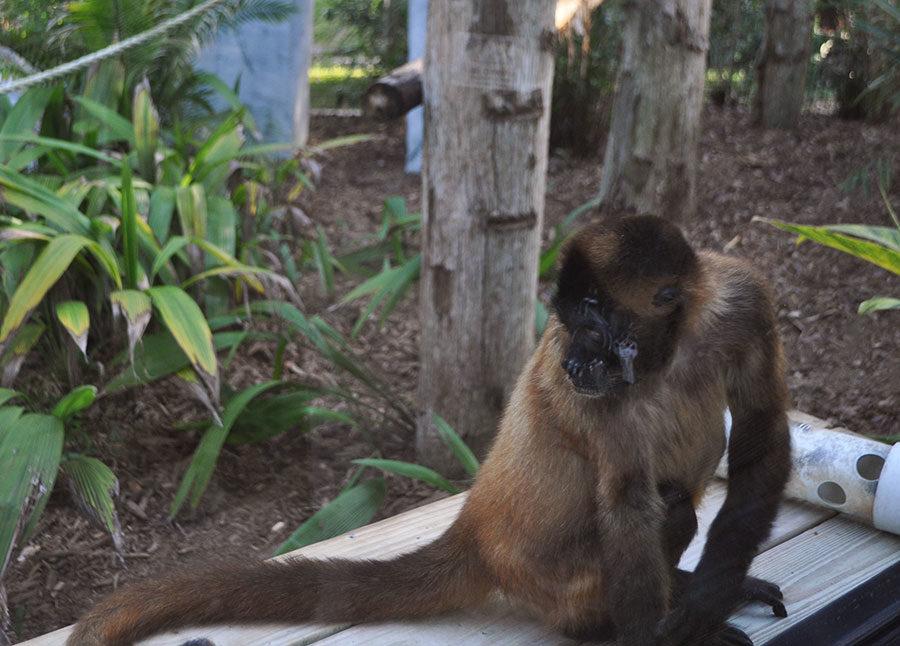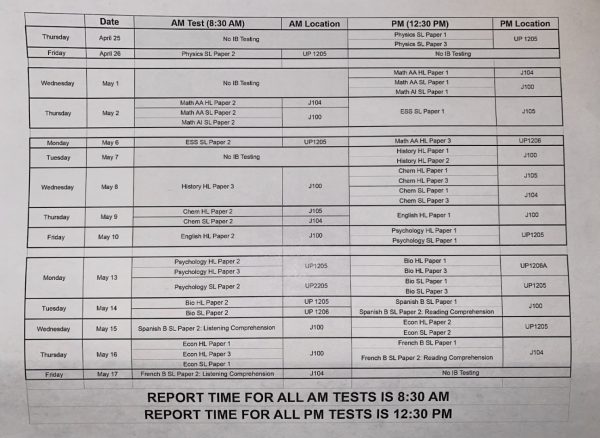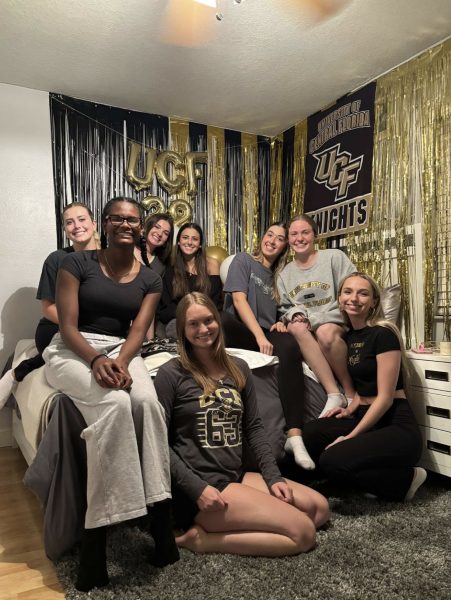ZOOS ARE DETRIMENTAL FOR ANIMALS’ HEALTH AND HAPPINESS
Zoos have a negative effect on animals.
March 8, 2017
Zoos portray an image of positivity and sincere concern for the well-being of animals. However, they actually they collect different species for the purpose of entertainment and deprive them of their natural environment.
One common misconception is that zoos serve to educate visitors; however, in reality, visitors do not spend more than a couple minutes at each exhibit. This is because there are many exhibits and visitors want to view as many as they can. In order to fully experience each exhibit, visitors would need to spend multiple days visiting the zoo. Moreover, the imprisonment of animals teaches children that confining animals in cages for personal entertainment is acceptable.
“I believe that if the animal is captured from the wild, it will not be beneficial to the animal for entertainment reasons,” said Allied Health teacher Doris McConnell. “If the animal is injured, then it should stay in a part that rehabilitates, but not for entertainment. Once it is well enough, it should be returned to its habitat.”
Zoos attract the attention of many, but the majority of zoos do not receive enough profit annually. In order to compensate for their losses, corners are cut and costs are contracted at the expense of the quality of care of its animals. This includes reducing the sizes of enclosures and displaying popular animals to appeal to more visitors.
An example of this is the Woburn Safari Park, a famous zoos in the UK. According to the Captive Animals’ Protection Agency, they kept lions cramped unsuitable cages for up to 18 hours a day. Lions are not an endangered species and do not belong in restricting enclosures.
AP Environmental Science teacher Kristian Cole said, “Some of these zoos need to step up their game on the animals they select for captivity. We need to make sure to maintain the standards of these zoos. It’s good that the public is putting pressure on zoos when they’re not doing the things they need to do to keep these animals healthy.”
While it is true that many zoos are participating in the conservation of endangered animals, they also have to make sure that they sell enough tickets to make a profit and continue to run the zoo. To do this, zoos have to exhibit more animals that are more beloved and favored by visitors, such as penguins and sloths.
The enclosures at zoos have limited space and many animals are forced into the cramped space. Captivity prevents animals from performing innate actions, such as foraging or choosing their mates. While zoos have made an effort to replicate the natural ecosystems for the animals, it is still not the same as the natural environment that they were born in.
“As a student in the vet program of allied health, our job is to learn to help and rehabilitate animals,” said senior Rachel Irvin. “What I think is negative [about zoos] is the fact that they may keep these animals even when they are well and ready to go back to the wild.”
Zoos should only feature injured animals for rehabilitation and provide safe environments for endangered species. Other animals do not belong in cages; they should be able to live in their natural habitats.



































